The true cost of living in Britain in 2023
- Text by Ben Smoke
- Photography by Aiyush Pachnanda

For the last 18 months the cost of living crisis has been inescapable.
From news reports on historically high inflation rates, to astronomical rises in food and energy prices, to the day-to-day realities of life in a country with sinking wages and the highest public transport costs in Europe, you would be hard pressed to find anyone who is untouched or unaware of it.
This current crisis, ostensibly blamed on the aftermath of the Coronavirus pandemic and Putin’s 2022 invasion of Ukraine, comes after years of swingeing cuts that have seen the welfare state, National Health Service and social support networks decimated. In the run-up to the 2019 election, Huck explored the impact of the Conservative party’s austerity policies on communities across the country in a series named Cut Out. Unfortunately, things have only gotten worse.
Despite the government continuously referring to “global situations” as drivers of the current crisis, the UK is, by many metrics, performing uniquely badly. Following the catastrophic economic impact of Trussonomics last Autumn, the UK is set to see the lowest growth in the G7 over the next year. Combined with an almost unrivalled increase in inequality, the picture is bleak.
Barely a day goes by without the release of a new statistic or report reinforcing how awful everything is – and getting worse! – but the sheer number of them, with their unrelenting bleakness, has, to a certain extent, obscured the realities of the crisis. It’s become almost impossible to truly understand what’s happening, or how and why this crisis is unfurling.
At Huck we’ve always been committed to looking at things from a different angle: getting in behind the headlines and understanding things through the eyes of those most affected. Over the last year, we’ve looked at how the housing crisis is playing out in real time for Londoners as they face staggeringly high rents and increasingly barbaric conditions. We’ve visited food banks and warm welcome centres, going to the heart of communities bearing the brunt of the crisis.
As we launch our new website, we’re recommitting to this vital work. In our new series, At What Cost? we’ll be visiting more of the communities, people and places affected by the cost of living crisis, trying to understand why they’re so at risk and highlighting some of the people fighting back.
We’re launching the series with an ambitious piece of data journalism, which uses research from charities like The Trussell Trust, The Joseph Rowntree Foundation, Warm Welcome, Friends of the Earth and more to map the impact of the cost of living crisis in real time as best we can, and identify those in the eye of the storm. Some of the conclusions have been sadly expected, others are more surprising. In the first of a number of in-depth investigations, we’ll be heading down to Eastbourne to understand why this south coast town has the highest number of food bank parcels delivered, per capita, in the country.
Over the coming months we’ll be visiting places across the UK to understand the unique challenges they face, and deep diving into wider social issues like the economic impact of being alone. We’ll also be speaking to some of the foremost voices and thinkers to explore what is happening and what the solutions are.
The series is one of the most sweeping we’ve ever launched, and as much as we refuse to shy away from the brutal and often bleak realities of this unique moment in history, we’ll also be demonstrating the hope and optimism that lies in the hearts of communities coming together to fight for one another.
This is living in Britain in 2023, at what cost?
Latest on Huck
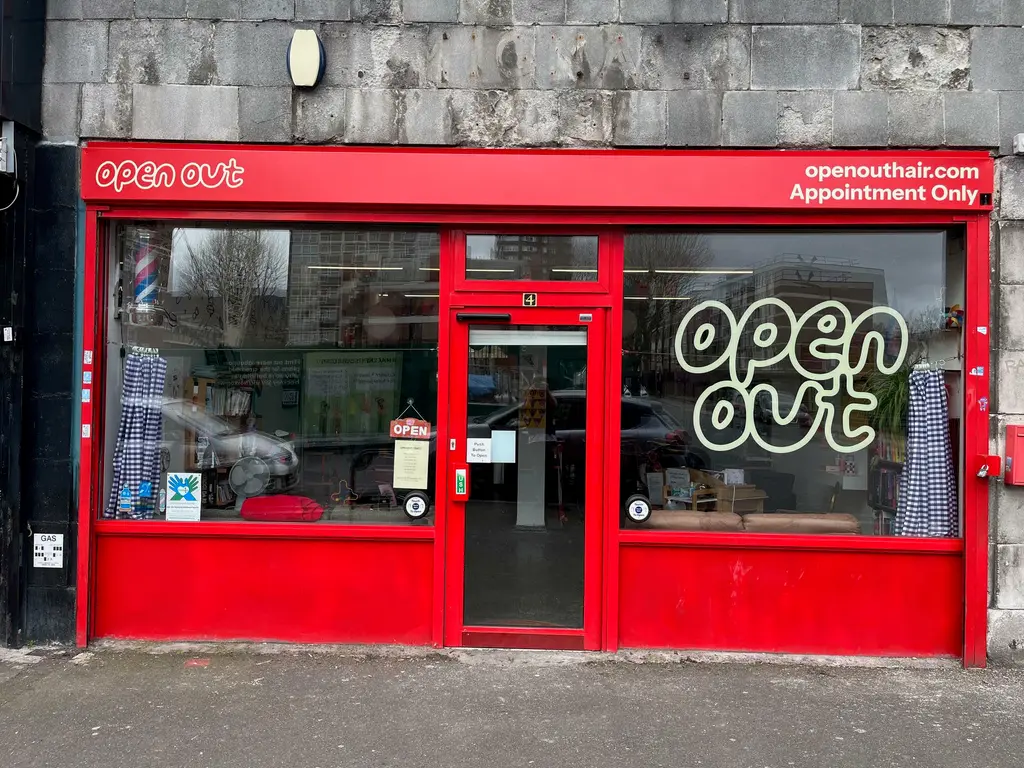
Meet the trans-led hairdressers providing London with gender-affirming trims
Open Out — Since being founded in 2011, the Hoxton salon has become a crucial space the city’s LGBTQ+ community. Hannah Bentley caught up with co-founder Greygory Vass to hear about its growth, breaking down barbering binaries, and the recent Supreme Court ruling.
Written by: Hannah Bentley
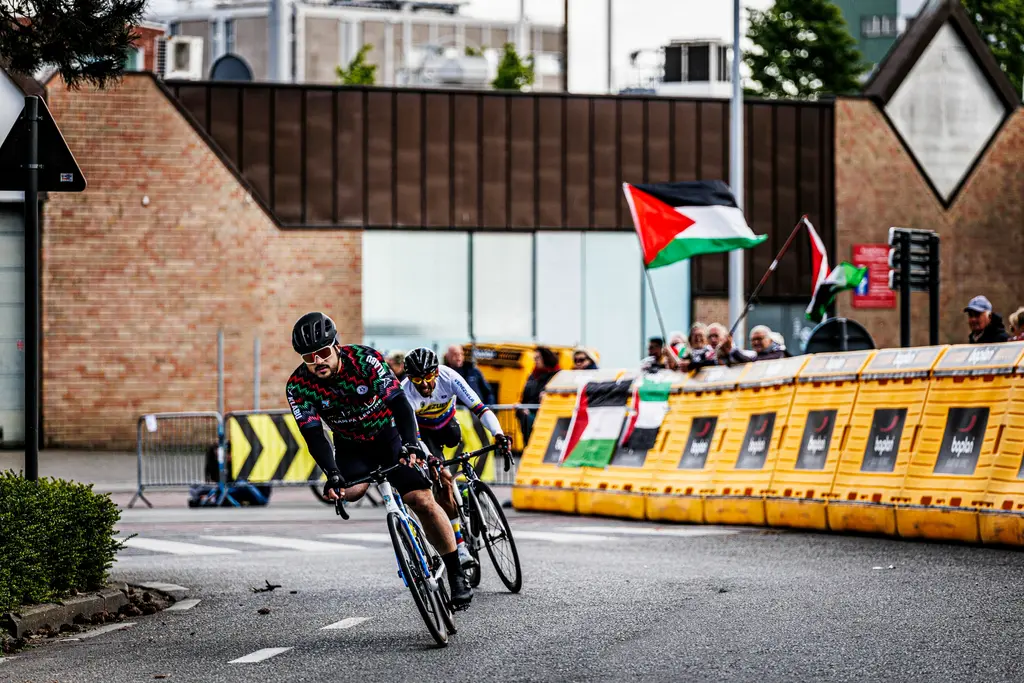
Gazan amputees secure Para-Cycling World Championships qualification
Gaza Sunbirds — Alaa al-Dali and Mohamed Asfour earned Palestine’s first-ever top-20 finish at the Para-Cycling World Cup in Belgium over the weekend.
Written by: Isaac Muk
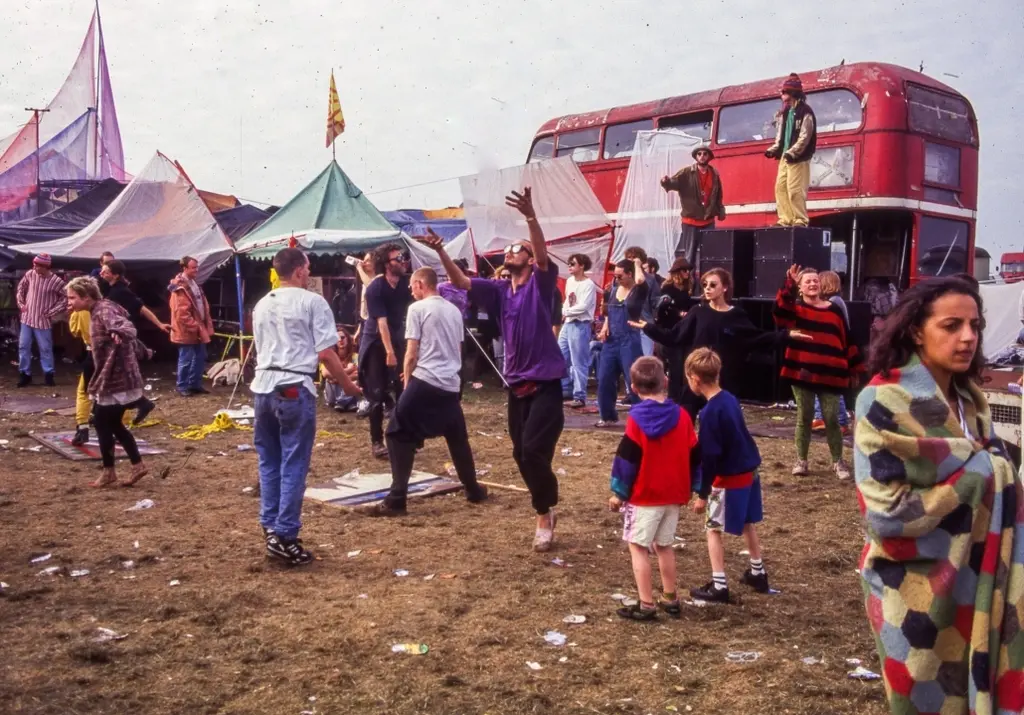
New documentary revisits the radical history of UK free rave culture
Free Party: A Folk History — Directed by Aaron Trinder, it features first-hand stories from key crews including DiY, Spiral Tribe, Bedlam and Circus Warp, with public streaming available from May 30.
Written by: Isaac Muk
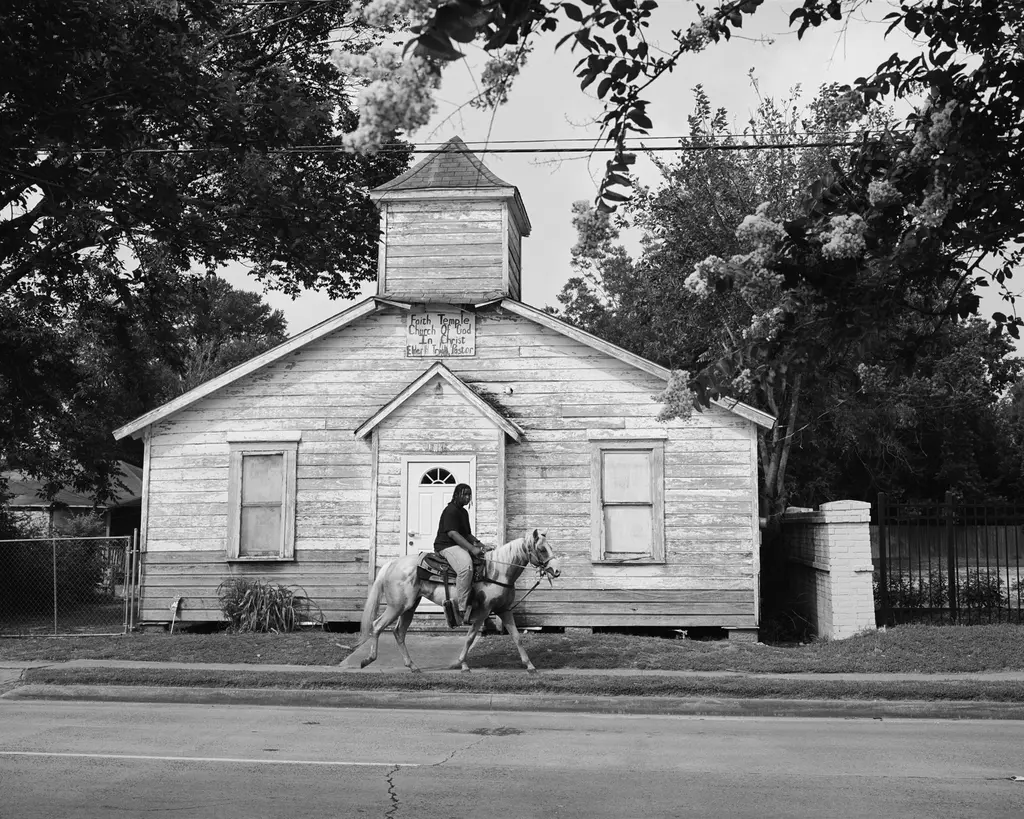
Rahim Fortune’s dreamlike vision of the Black American South
Reflections — In the Texas native’s debut solo show, he weaves familial history and documentary photography to challenge the region’s visual tropes.
Written by: Miss Rosen
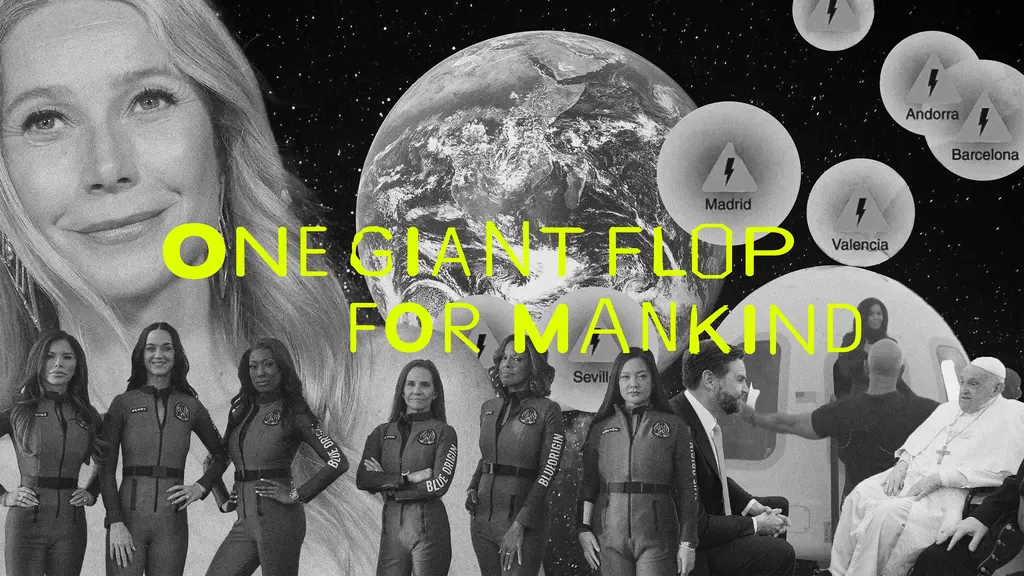
Why Katy Perry’s space flight was one giant flop for mankind
Galactic girlbossing — In a widely-panned, 11-minute trip to the edge of the earth’s atmosphere, the ‘Women’s World’ singer joined an all-female space crew in an expensive vanity advert for Jeff Bezos’ Blue Origin. Newsletter columnist Emma Garland explains its apocalypse indicating signs.
Written by: Emma Garland
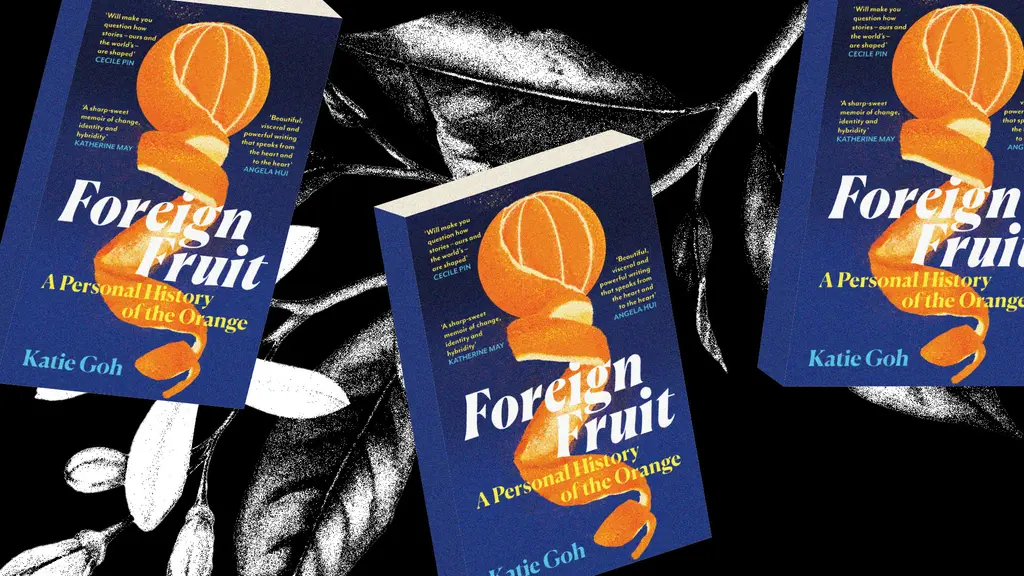
Katie Goh: “I want people to engage with the politics of oranges”
Foreign Fruit — In her new book, the Edinburgh-based writer traces her personal history through the citrus fruit’s global spread, from a village in China to Californian groves. Angela Hui caught up with her to find out more.
Written by: Katie Goh

